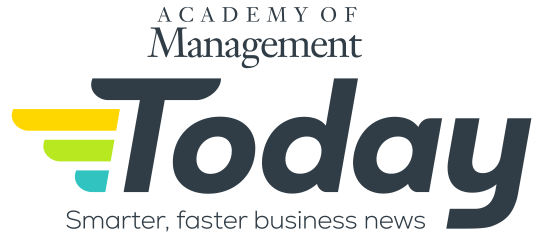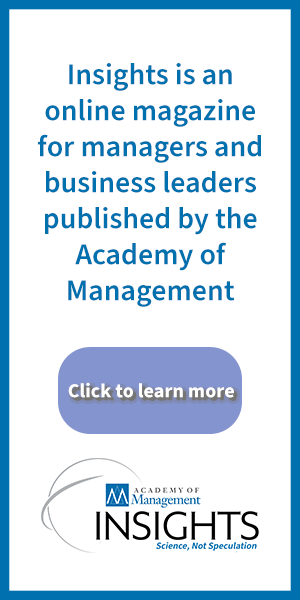Published on: April 14, 2025 at 8:31 pm
Too often, teams in sports, music, and business fail to gel for many reasons. Sometimes, though, teams achieve “group flow,” when interactions seem effortless, and team members contribute ideas and complete tasks in synchrony to reach peak levels of collaborative performance.
Academy of Management Scholar Bess Rouse of Boston College said that team members contributing swiftly and additively—extending a prior contribution, is crucial for creating a sense of momentum. Increasing momentum, in turn, influences changes in emotions, thought processes, and behavior that result in group flow.
“The delicacy of group flow makes it very hard to maintain,” Rouse said. “When we’re theorizing about it, we’re really careful about this idea of coming in and out of group flow, and that it is very hard to sustain over time.
“When you’re thinking about it in the context of a group at work, in particular, it’s helpful to think about things like, ‘How do we focus our attention on each other and keep that momentum going?’—so you could imagine that a lot of interruptions are problematic in that sense,” she said.
“If somebody is interrupting you, or you don’t have dedicated space, it’s going to be very hard to get into that sense of group flow.”
Rouse and her research colleagues theorize that a lot of the factors that contribute to good group functioning, such as feeling comfortable in the workplace and feeling trust from senior management and colleagues, help get individuals and, by extension, teams in that flow.
“When we think about this state of flow at the group level versus the individual level, the idea that this is something like improv is instructive—responding to a team member by saying ‘yes, and…’ contributes to the idea that you’re building on each other,” Rouse said. “You actually want to be there for that purpose, and you want to build on other team members’ ideas.
“And this can be difficult in the context of organizations, because we have political motivations; we have our own agendas,” she said. “We have different things we’re doing at work that hopefully are related to the work assignments or objectives but may be actually getting in the way of you feeling that necessary trust and willingness to build on other people’s ideas.”












